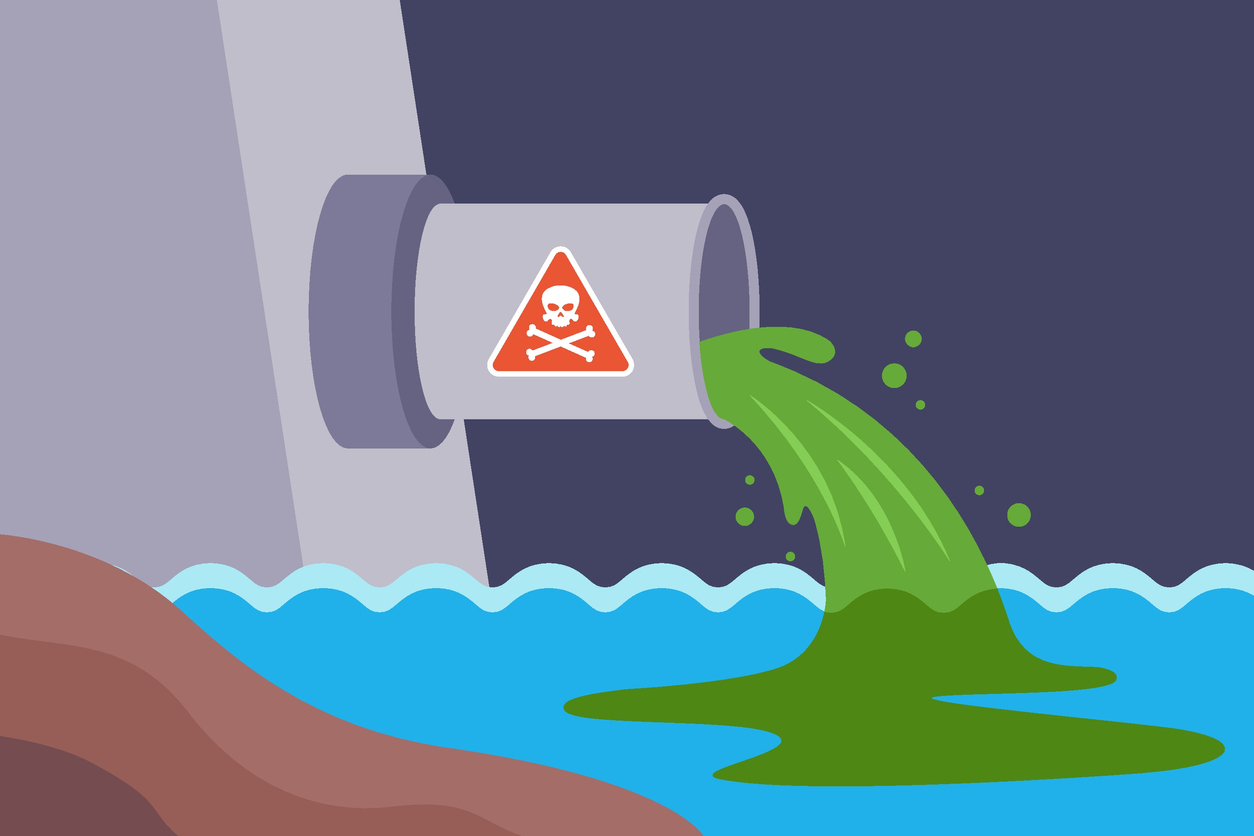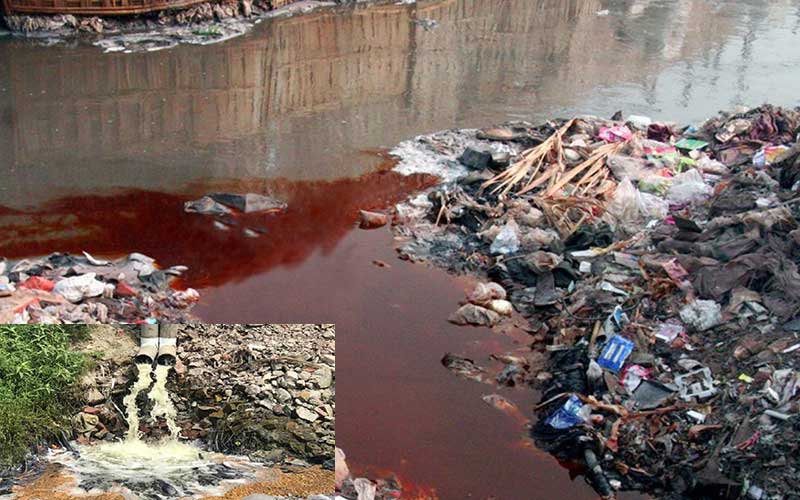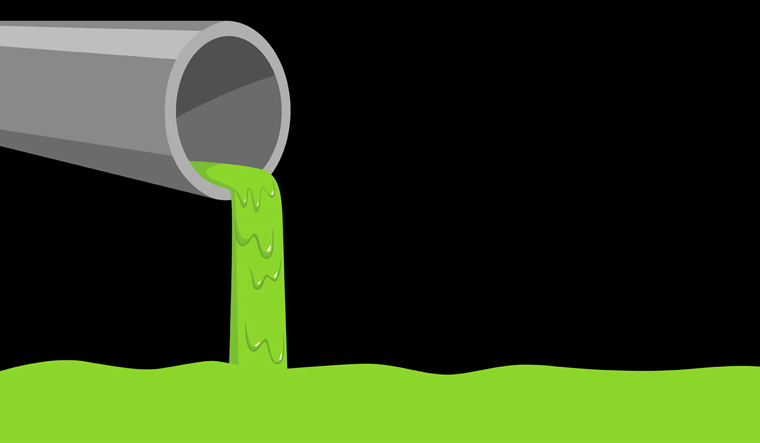Industrial Wastewater Treatment: Custom Solutions for Complex Wastewater Obstacles
Industrial Wastewater Treatment: Custom Solutions for Complex Wastewater Obstacles
Blog Article
Just How Fluid Waste Disposal Works: A Detailed Overview of Techniques and Technologies Employed

Review of Liquid Waste Kind
The complexity of liquid waste kinds demands a detailed understanding of their attributes and implications for disposal. Fluid waste can extensively be categorized right into numerous types, consisting of commercial, municipal, agricultural, and contaminated materials. Each category displays unique homes, calling for particular monitoring approaches to alleviate environmental and health and wellness dangers.
Industrial liquid waste stems from making procedures and usually includes a variety of contaminants, such as heavy metals, solvents, and natural substances. Metropolitan fluid waste, primarily making up wastewater from families and commercial establishments, has raw material, nutrients, and pathogens (industrial wastewater treatment). Agricultural liquid waste, consisting of drainage from ranches, might contain fertilizers, pesticides, and animal waste, positioning threats to water top quality and communities
Hazardous liquid waste is defined by its poisoning, sensitivity, or potential to cause harm. Understanding these diverse liquid waste types is essential for establishing reliable disposal approaches and guaranteeing compliance with environmental policies.
Physical Treatment Approaches

Screening is the first action, where larger fragments and debris are eliminated from the fluid waste making use of screens or grates. This process protects downstream tools from damages and makes certain smoother operation. Complying with testing, sedimentation utilizes gravitational pressure to different solids from liquids. In sedimentation containers, larger particles clear up at the base, creating a sludge layer, while the clarified fluid can be additional treated.
Filtration is one more crucial method that entails passing the liquid via permeable products, such as sand or membranes, to record smaller particles. This action enhances the quality of the fluid, making it ideal for subsequent therapy procedures.

Chemical Treatment Strategies
Chemical treatment methods are important for properly handling fluid waste, especially in attending to liquified and colloidal pollutants that physical approaches may not appropriately remove. These strategies utilize different chemical representatives to neutralize, speed up, or change unsafe compounds right into less dangerous forms.
One typical approach is coagulation and flocculation, where chemicals such as alum or ferric chloride are added to advertise the gathering of suspended bits. This procedure boosts sedimentation, allowing for much easier elimination of the resulting sludge. Additionally, oxidation processes, utilizing representatives like chlorine or ozone, are employed to damage down intricate organic substances and virus, rendering the waste more secure for discharge or additional therapy.
Neutralization is an additional critical strategy, which readjusts the pH of acidic or alkaline waste streams to neutral levels, avoiding prospective injury to downstream systems and the setting. In addition, advanced oxidation processes (AOPs) use mixes of oxidants and ultraviolet light to weaken relentless contaminants, attaining a greater degree of therapy efficiency.
Organic Treatment Processes
Biological treatment processes play a vital duty in the monitoring of fluid waste by making use of microbes to decay raw material and lower pollutant levels. These processes can be broadly categorized into anaerobic and cardio treatments, each utilizing particular microbial communities to achieve effective waste destruction.
Cardiovascular treatment involves making use of oxygen to facilitate the breakdown of organic products by microorganisms. This procedure is typically executed in activated sludge systems, where oygenation tanks offer a conducive setting for microbial development, causing the oxidation of organic toxins. The resultant biomass can be divided from dealt with effluent with sedimentation.
On the other hand, anaerobic treatment takes place in the lack of oxygen, depending on different bacteria to damage down organic issue. This technique is specifically useful for high-strength waste, as it produces biogas, a renewable power source, while reducing sludge manufacturing. Technologies such as anaerobic digesters are regularly utilized in industrial and metropolitan applications.
Both anaerobic and cardiovascular biological therapies not only decrease the environmental influence of liquid waste but also visit this site promote resource healing, making them vital parts of sustainable waste monitoring methods. Their effectiveness, performance, and versatility sustain their prevalent execution throughout different industries.
Arising Technologies in Disposal
Ingenious strategies to fluid waste disposal are rapidly advancing, driven by developments in modern technology and a raising emphasis on sustainability. Amongst these arising modern technologies, membrane bioreactors (MBRs) have gotten traction for their capability to incorporate biological therapy with membrane layer filtration, resulting in top notch effluent that can be recycled in numerous applications. MBRs make it possible for smaller footprints and more efficient operations compared to conventional systems.
Another appealing advancement is using anaerobic digestion integrated with nutrient healing technologies, which not only treats liquid waste but also generates biogas and recovers beneficial nutrients like nitrogen and phosphorus. This dual benefit boosts source performance and lowers ecological impact.
Additionally, advanced oxidation procedures additional reading (AOPs) are being taken on for the destruction of complicated organic toxins. These approaches use powerful oxidants and catalysts to damage down impurities at the molecular degree, offering a very reliable option for difficult waste streams.
Moreover, the integration of fabricated intelligence and equipment learning in waste monitoring systems is enhancing operational effectiveness and anticipating maintenance, bring about minimized expenses and improved ecological compliance. These technologies mirror a substantial shift in the direction of more lasting and efficient liquid garbage disposal methods.
Conclusion
In conclusion, efficient fluid waste disposal necessitates a detailed understanding of numerous strategies and technologies. By constantly progressing these methodologies, it comes to be feasible to address the growing difficulties linked try these out with fluid waste, ultimately contributing to ecological defense and source recuperation.
Liquid waste disposal is an important facet of ecological management, requiring an extensive understanding of different methods and innovations tailored to various waste kinds. Fluid waste can extensively be classified right into a number of types, including industrial, community, agricultural, and dangerous waste. Agricultural liquid waste, including runoff from farms, may contain plant foods, chemicals, and pet waste, posturing threats to water quality and environments.
Numerous physical therapy methods play a vital function in handling liquid waste effectively - industrial wastewater treatment.In verdict, reliable fluid waste disposal requires a detailed understanding of different techniques and technologies
Report this page